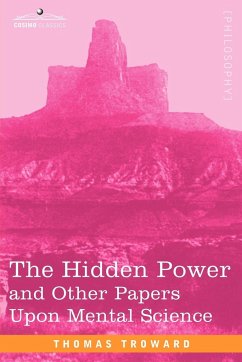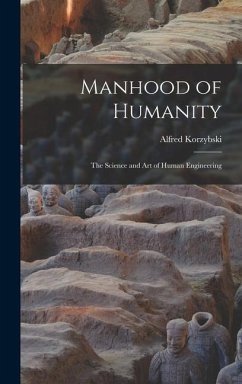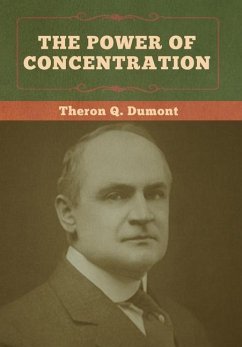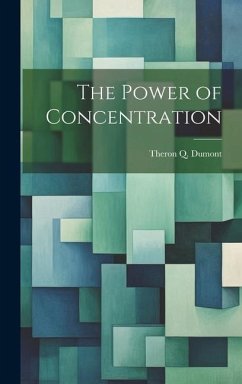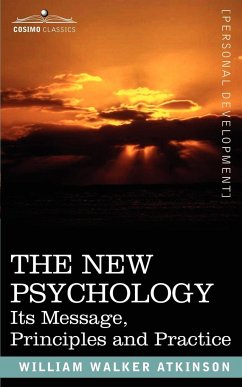
The New Psychology
Its Message, Principles and Practice

PAYBACK Punkte
9 °P sammeln!
How can we be stronger, more powerful, more capable, more efficient, all-around just plain better people? Followers of the New Thought movement-an early "New Age" philosophy that was tremendously popular around the turn of the 20th century-turned to "New Psychology," a melding of the scientific and the spiritual into a fresh metaphysical paradigm. In this 1909 book, one of the most influential voices in New Thought explains how we can cultivate in ourselves innovative modes of thinking and positive emotional states, using our will, our imagination, and the power of self-suggestion to change ou...
How can we be stronger, more powerful, more capable, more efficient, all-around just plain better people? Followers of the New Thought movement-an early "New Age" philosophy that was tremendously popular around the turn of the 20th century-turned to "New Psychology," a melding of the scientific and the spiritual into a fresh metaphysical paradigm. In this 1909 book, one of the most influential voices in New Thought explains how we can cultivate in ourselves innovative modes of thinking and positive emotional states, using our will, our imagination, and the power of self-suggestion to change our lives for the better. Brisk and confident, this classic of New Thought literature is as useful today as it was a century ago. American writer WILLIAM WALKER ATKINSON (1862-1932) was editor of the popular magazine New Thought from 1901 to 1905, and editor of the journal Advanced Thought from 1916 to 1919. He authored dozens of New Thought books under numerous pseudonyms, some of which are likely still unknown today, including "Yogi Ramacharaka" and "Theron Q. Dumont."






